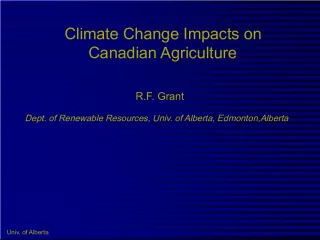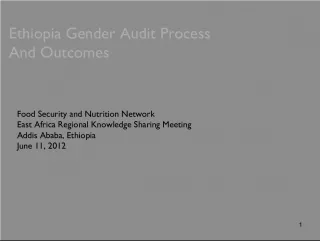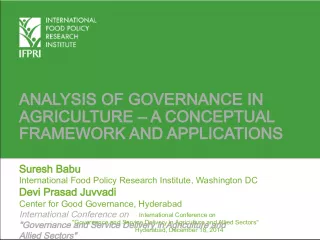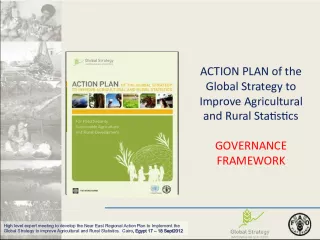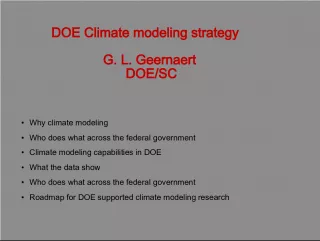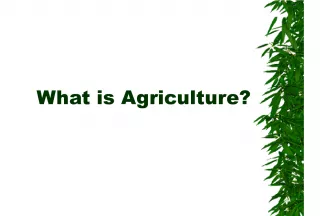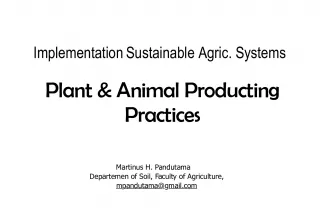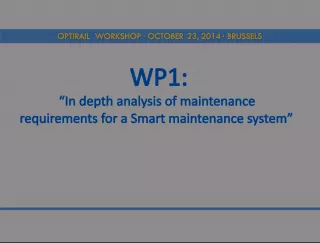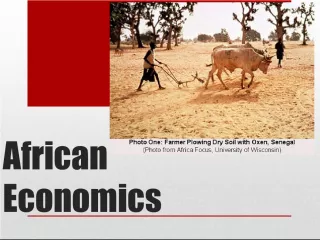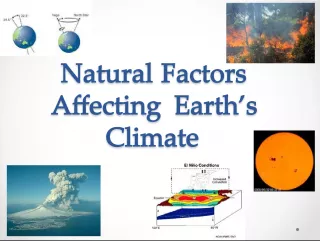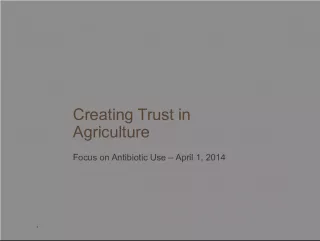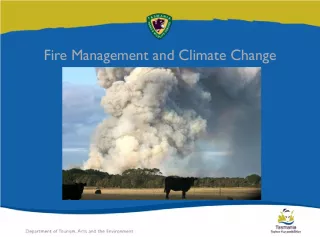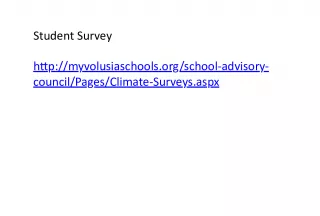Climate Smart Agriculture in East Africa: Addressing Challenges and Sharing Knowledge
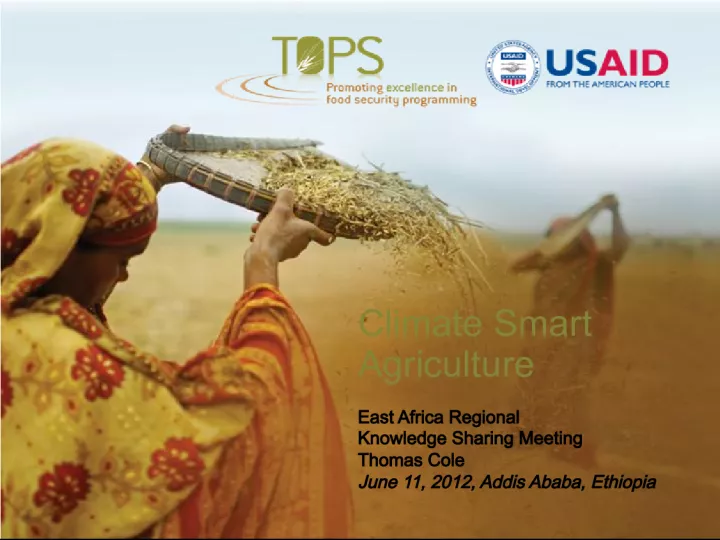

This knowledge sharing meeting aims to address the impact of climate change on food security and agricultural production in Sub Saharan Africa, and explore climate smart agriculture solutions to mitigate the challenges.
- Uploaded on | 1 Views
-
 daleyza
daleyza
About Climate Smart Agriculture in East Africa: Addressing Challenges and Sharing Knowledge
PowerPoint presentation about 'Climate Smart Agriculture in East Africa: Addressing Challenges and Sharing Knowledge'. This presentation describes the topic on This knowledge sharing meeting aims to address the impact of climate change on food security and agricultural production in Sub Saharan Africa, and explore climate smart agriculture solutions to mitigate the challenges.. The key topics included in this slideshow are Climate smart agriculture, East Africa, Sub Saharan Africa, climate change, food security,. Download this presentation absolutely free.
Presentation Transcript
1. Climate Smart Agriculture East Africa Regional Knowledge Sharing Meeting Thomas Cole June 11, 2012, Addis Ababa, Ethiopia
2. Climate Smart Agriculture Climate change in Sub-Saharan Africa will have significant impact on food security and agricultural production: Changes in MEAN TEMPERATURES (higher) Changes in MEAN RAINFALL (less) Increased variability in temperature and rainfall Greater crop water demand Greater prevalence of extreme climate events (heat waves, drought, floods) Changes in pest and disease patterns Decrease in agricultural productivity 15-35% (McCarthy et al 2011, IIED 2011, FAO 2009)
3. Climate Smart Agriculture Definition: Climate Change Adaptation Climate change adaptation for agriculture involves building resistance (the ability to resist the impact of a disturbance) and resilience (the ability to recover from disturbance) within agro-ecosystems, communities, and governance operations to prepare for climatic change and its impacts (Moreau et al 2012)
4. Climate Smart Agriculture Definition: Climate Smart Agriculture Agriculture-based practices that have the potential to: Sustainably achieve food security (increase food production without further depleting water and soil resources) Increase resilience of farmers and farming systems to climatic change Improve capacity of systems to sequester carbon and mitigate climate change (increasing carbon stocks in terrestrial systems- farmland, grassland or forests)
5. Climate Smart Agriculture In other words, agriculture has the potential for a Triple Win Sustainable increase in productivity Adaptation built on resilience Contribution to greenhouse gas mitigation In order to minimize the risks of climate change and climate variability, it is important to diversify farming systems through the integration of cropping, livestock, forestry and fisheries systems, the conservation of ecosystems, their biodiversity, and resilience and ecosystem services.
6. Climate Smart Agriculture Base strategy: Climate change adaptation mechanisms (building resistance and resilience) Drought cycle management Enhanced weather advisories Early warning systems Strategic grain reserves Seasonal forecasts Increased and conserved natural capital (soil organic matter, biodiversity, water) Reduction of yield variability
7. This presentation was made possible by the generous support of the American people through the United States Agency for International Development (USAID). The contents are the responsibility of Save the Children and do not necessarily reflect the views of USAID or the United States Government.
8. Climate Smart Agriculture Potential methods to increase on-farm carbon sequestration: restoring organic soils and wet- lands converting cropland to grassland, woodland, or natural ecosystems implementing agroforestry (e.g., alley cropping, shelterbelts, silvopasture, riparian buffers, and windbreaks) switching from annual to perennial crops using organic amendments including biochar improving management of rangelands (uncultivated) and pasture (cultivated) using winter cover crops and diversified crop rotations improving irrigation practices to support optimum plant growth (Moreau et al 2011)
